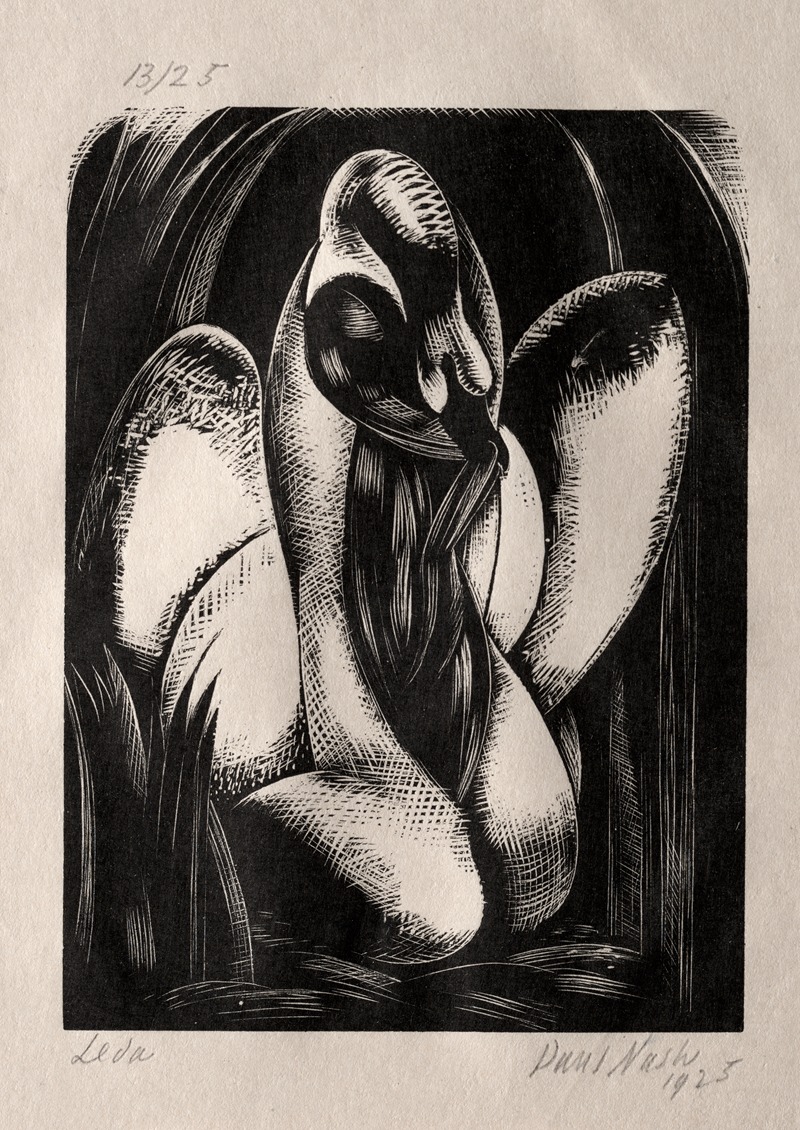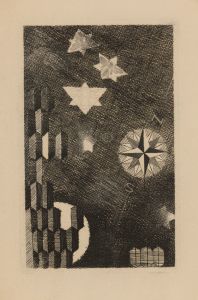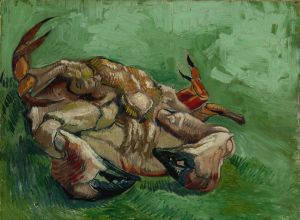
Leda
A hand-painted replica of Paul Nash’s masterpiece Leda, meticulously crafted by professional artists to capture the true essence of the original. Each piece is created with museum-quality canvas and rare mineral pigments, carefully painted by experienced artists with delicate brushstrokes and rich, layered colors to perfectly recreate the texture of the original artwork. Unlike machine-printed reproductions, this hand-painted version brings the painting to life, infused with the artist’s emotions and skill in every stroke. Whether for personal collection or home decoration, it instantly elevates the artistic atmosphere of any space.
Paul Nash was a prominent British artist known for his contributions to modernism and surrealism, particularly in the early to mid-20th century. His work often explored themes of landscape, war, and mythology, blending reality with dreamlike elements. One of his notable works is "Leda," which reflects his interest in mythological subjects and his unique artistic style.
"Leda" by Paul Nash is a painting that draws inspiration from the Greek myth of Leda and the Swan. In this myth, Zeus, the king of the gods, transforms into a swan and seduces or, in some versions, assaults Leda. This myth has been a popular subject in art for centuries, interpreted by various artists in different styles and mediums. Nash's rendition of this mythological theme is distinct, reflecting his modernist approach and his ability to infuse traditional subjects with contemporary sensibilities.
The painting "Leda" showcases Nash's characteristic use of surreal and dreamlike imagery. While specific details about the composition and style of "Leda" are not extensively documented, Nash's broader body of work provides context for understanding his approach. He often employed a muted color palette and incorporated elements of abstraction, which can be presumed to be present in "Leda" as well. His works frequently feature a sense of mystery and ambiguity, inviting viewers to engage with the painting on a deeper, more interpretive level.
Nash's interest in mythology and nature is evident in "Leda," as he often sought to explore the intersection of the natural world and human experience. This painting likely reflects his fascination with the symbolic and transformative aspects of myths, using them as a lens to explore broader themes of identity, power, and transformation. His work is known for its ability to evoke emotion and provoke thought, qualities that "Leda" presumably embodies.
Paul Nash's contribution to the art world extends beyond individual paintings. He played a significant role in the development of modern art in Britain, influencing subsequent generations of artists. His involvement in movements such as surrealism and his participation in exhibitions and artistic groups helped shape the trajectory of 20th-century British art. "Leda," as part of his oeuvre, contributes to this legacy, showcasing his ability to reinterpret classical themes through a modernist lens.
While specific details about the painting "Leda" are limited, it remains an important part of Nash's artistic exploration of myth and modernism. His work continues to be studied and appreciated for its innovative approach and its ability to capture the complexities of human experience through art. Paul Nash's "Leda" stands as a testament to his skill in blending the mythical with the modern, creating a timeless piece that resonates with audiences even today.


















